japanese beetle life cycle in missouri
The grubs live underground for about a year feeding on plant roots molting as they grow. When fully grown in late spring the larvae pupate for a few weeks each within a small cavity in the soil.

9 Magical Insects And Their Folklore Woolly Bear Wooly Bear Caterpillar The Wooly
These grubs feed on grass roots and can damage turf if populations are high.
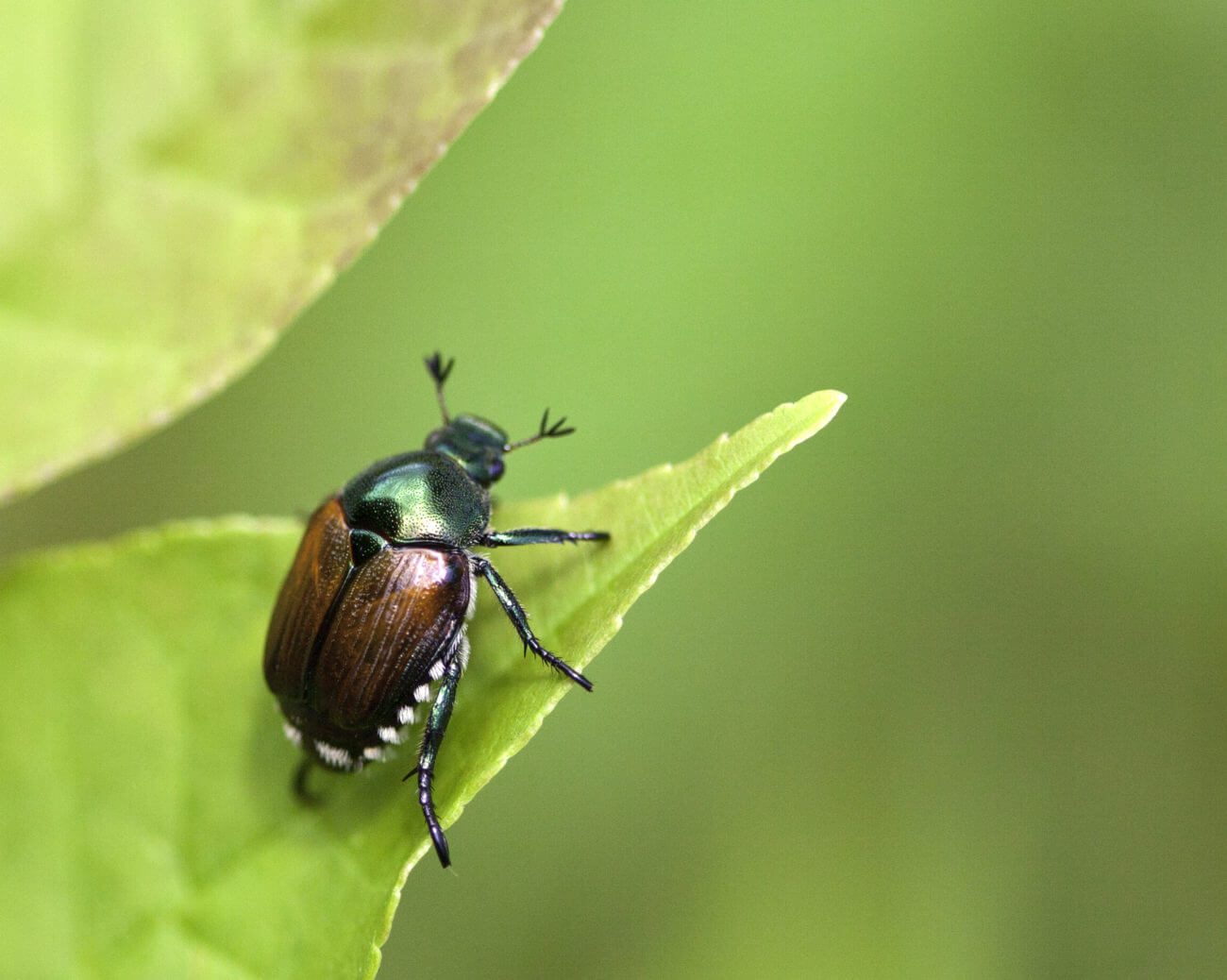
. The grubs live underground for 14 years depending on species feeding on plant roots and descending much lower into the soil to overwinter. Joel Floyd USDA APHIS. Japanese beetle are distinguished from native beetles by the presence of five pairs of white tufts on their abdominal sides and two additional tufts on the abdomen tip.
The life cycle of the Japanese Beetles consists of four stages of development called complete metamorphosis. Adult beetles are metallic green with brown wings approximately 5-7 mm wide and 8-11 mm long Figure. Depending on temperature eggs hatch in about 10 to 14 days after they are laid.
An adult female may lay as many as 4060 ova in her lifetime. To about 1 inch larvae. Japanese Beetles Larva The grub is a creamy white with a yellowish-brown head.
Starting in June Japanese beetles have made an unwelcome return to Minnesota gardens. The generally accepted range is 30 to 45 days Fleming 1972. Adults live 30-45 days and feed usually in groups first on low-growing plants and then on tree leaves working from the top of the plants downward.
The Japanese beetle has a complete lifecycle with an egg stage a larval or grub stage a pupal or resting stage and the adult beetle stage. Mating and egg laying occurs throughout the entire life of the adult beetle which lasts from 30 to 60 days. One year is necessary for the completion of the entire life cycle.
After feeding and mating each female lays 1-5 eggs at a time before again feeding and mating until a total of 40-60 eggs are laid 2-4 under the soil surface in grassy areas. Larvae will feed on plant roots and decaying material and grow through 3 larval instars worm or grub stages before overwintering in the soil. Throughout the majority of the Japanese beetles range its lifecycle takes one full year however in the extreme northern parts of its range as well as high altitude zones as found in.
Severe damage is especially noticeable during dry periods. The adult is less than ½ inch in length and metallic green in color with coppery wing covers. They descend 48 feet into the soil to overwinter.
University extension and state agriculture departments help people control the Japanese beetle. A female may lay between 40 and 60 eggs during her lifetime. Identification and Field Scouting Biology and Management of Japanese Beetle Newsletter Articles for Japanese Beetle.
Hosts Back to Top More than 300 species of. Japanese Beetle Japanese Beetles Popillia japonica Newman emerge from the soil from June to August. It spends the winter 6 to 8 inches below the soil.
Regular harvesting during July and August can decrease feeding on edible parts of the plant. Larvae complete three instars while feeding on plant roots and decaying plant material. Japanese beetle have one generation per year Figure 2.
Since then it has spread throughout most of the country east of the Mississippi River as well as areas in Arkansas Iowa and Missouri. Adult beetles then fly to potential host plants particularly those in full sun. During this time each beetle female typically lays 40 to 60 eggs in groups of 1 to 8 into the soil with larvae emerging in about 2 weeks.
Grubs pupate in late spring and emerge from the ground as adult beetles around early to mid-June. Larvae complete three in stars while feeding on plant roots and decaying plant material. Japanese beetles complete one life cycle each year.
Where To Find Statewide. A set of dark strong mandibles is present on the top of its head. Like those of most scarab beetles the larvae are whitish C-shaped grubs that live underground.
After mating females dig a few inches into the soil to deposit their eggs often near trees. It appears translucent and its body has brown setae and short spines all over. Life cycle After mating females burrow a few inches into the soil and lay eggs 4060 during a summer.
They are established throughout Missouri and are a key pest to field and specialty crops. As pictured above Japanese beetles feed on leaf tissue between the veins resulting in a distinctly skeletonized look with leaf veins remaining and the leaf tissue removed. It completes this cycle once every year.
How To Recognize the Japanese Beetles Life Stages. Depending on temperature eggs hatch in about 10 to14 days after they are laid. When resting the larva is C-shaped.
The heads are brownish and they have three pairs of legs. What people detect is the adult stage which is active for about six weeks in the summer. Mating and egg laying occurs throughout the entire life of the adult beetle which lasts from 30 to 60 days.
About ½ inch adults. The Japanese beetle life cycle. A female may lay between 40 and 60 eggs during her life time.
Injury to Soybean Fields Japanese beetles feed on more than 300 plants including field crops and ornamental plants. Japanese beetle grub damage Grubs chew grass roots and reduce the ability of grass to take up enough water and nutrients to remain healthy. Habitat and Conservation Food Status.
When Japanese beetle grubs are sufficiently abundant in turf 100 or more per square yard the grass turns brown and dies owing to the destruction of the root system. Its body consists of 13 segments 10 on the abdomen and 3 on their thorax. The Japanese beetle was first found in the United States in 1916 in southern New Jersey.
They can start appearing in late June and the feeding lasts into August. When grub feeding is. The grub can be a pest of the lawn feeding on the roots.
Learn more about this and other scarab beetles on their group page. Egg Larva Pupa Adult Japanese Beetle Eggs The eggs are white and oval and laid in the soil about 2 to 4 inches down where they can absorb moisture. These gleaming copper and green beetles have been in Minnesota for decades but became a more prominent invasive pest in some parts of the state in 2011.
Japanese beetles spend most of their one-year lifecycle underground as a white c-shaped grub. Studies with Japanese beetles under captivity have shown variations as wide as nine to 74 days in males and 17 to 105 days in females. The life cycle of the insect has a major influence on the type of damage seen with this pest.

Japanese Beetle Soybean Pest Soybean Research Information Network Srin

Japanese Beetle Mdc Teacher Portal

Japanese Beetle Soybean Pest Soybean Research Information Network Srin
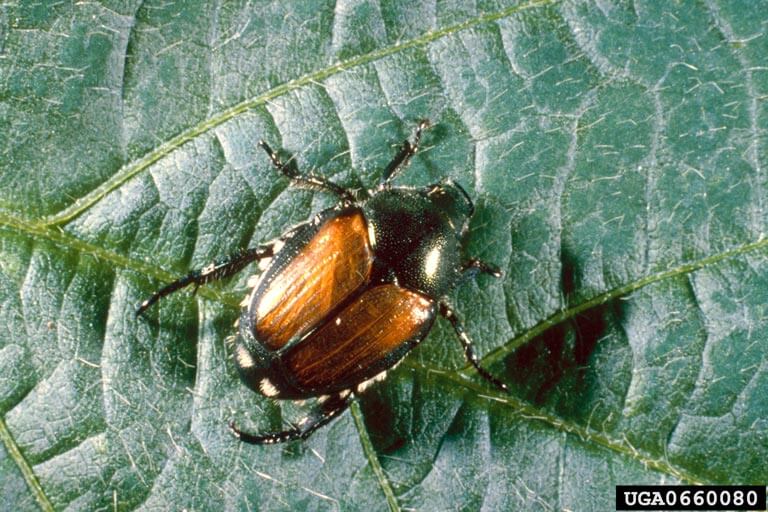
Japanese Beetle Soybean Pest Soybean Research Information Network Srin

Rhetulus Finished Watercolor Sketch Insect Art Watercolour Tutorials

9 Scents That Japanese Beetles Hate And How To Use Them Pest Pointers

Effective Management Remains Elusive For Beetle That Eats Almost Anything

Japanese Beetle Space For Life

Missouri State Reptile Three Toed Box Turtle Box Turtle Turtle Cute Tortoise
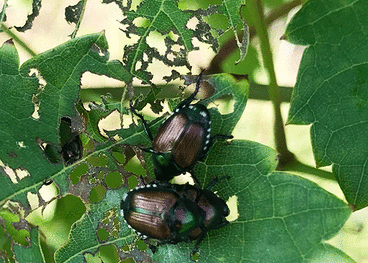
Japanese Beetle An Emerging Pest Of Fruit Crops Fruitedge

Japanese Beetle Control The Good Earth Garden Center

Harris Three Spot Moth Harrisimemna Trisignata Bugguide Net Moth Insect Collection Moth Caterpillar

Pin On Plant Disease And Pests

Ox Beetle Strategus Aloeus Strategus Aloeus Male Beetle Bugs And Insects Fresh Flowers Arrangements
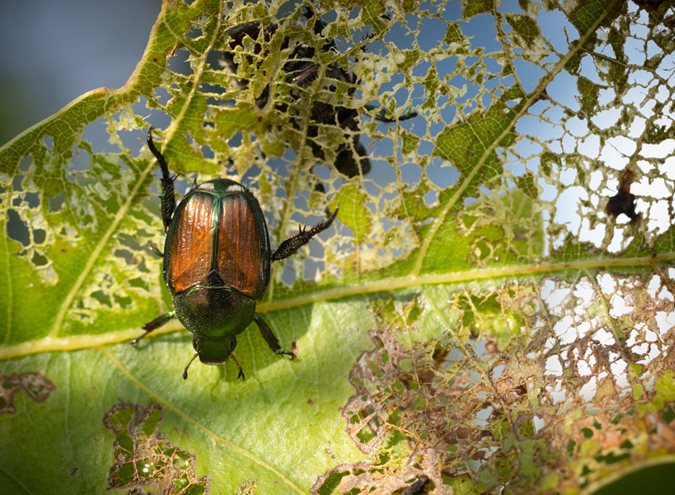
How To Get Rid Of Japanese Beetles Garden Design
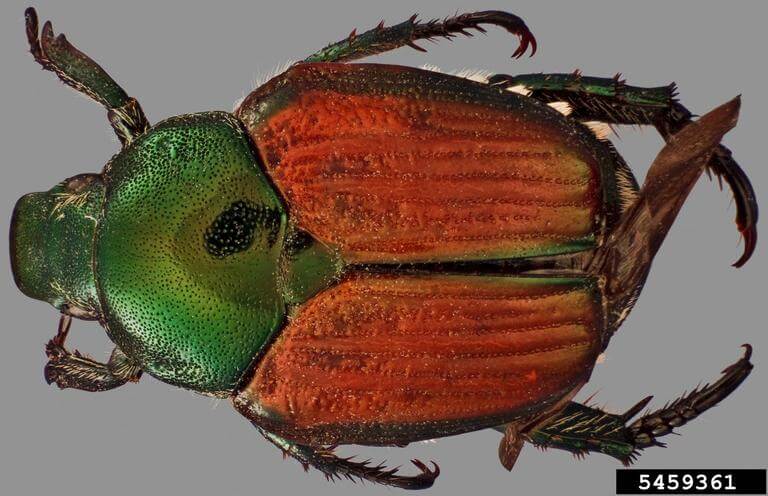
Japanese Beetle Soybean Pest Soybean Research Information Network Srin


